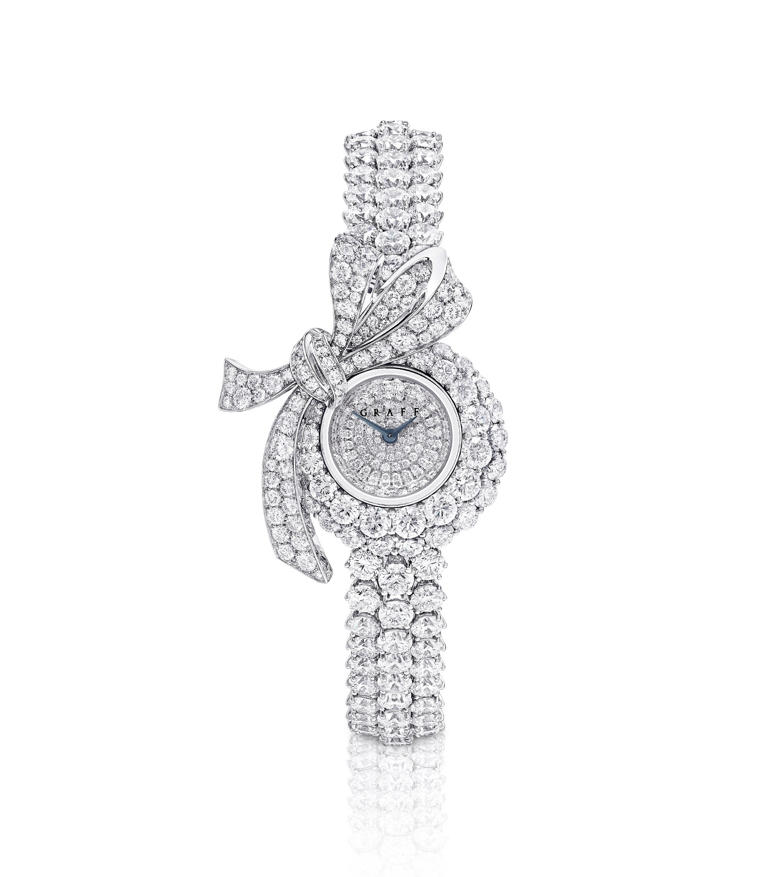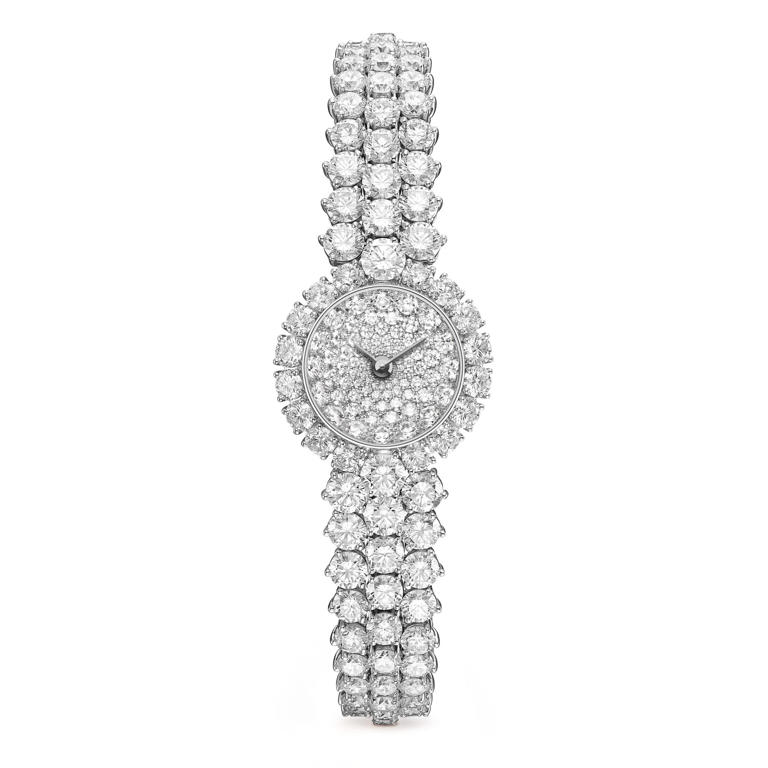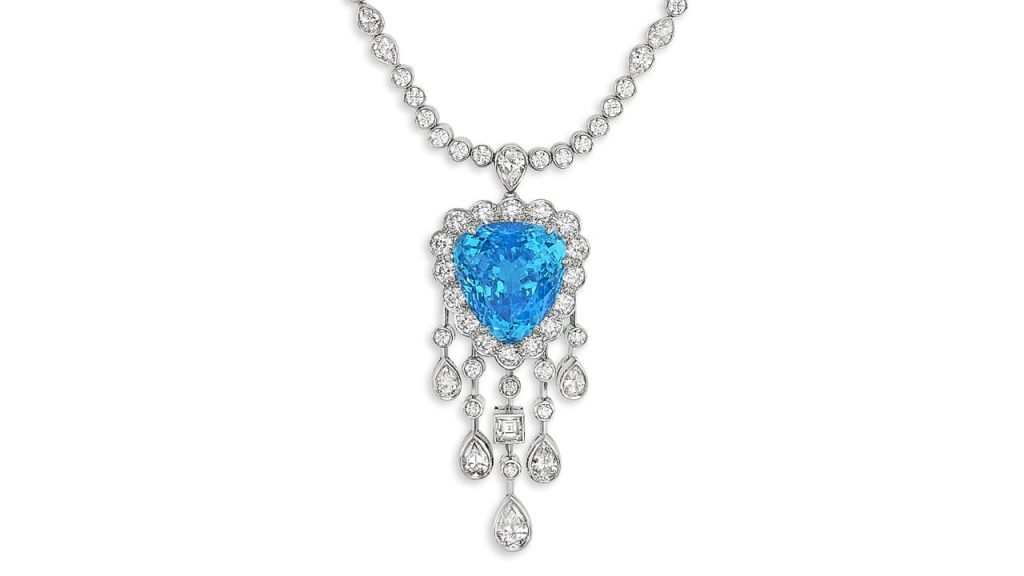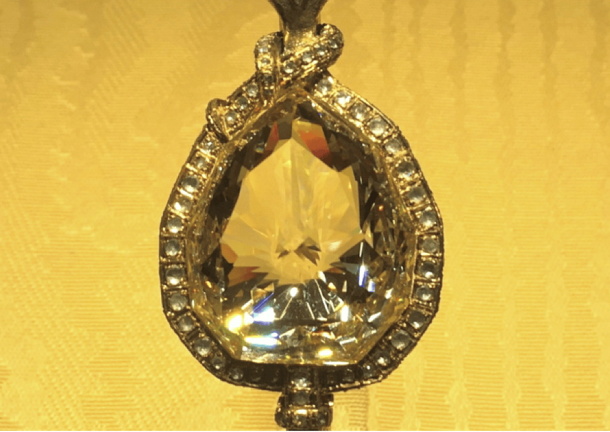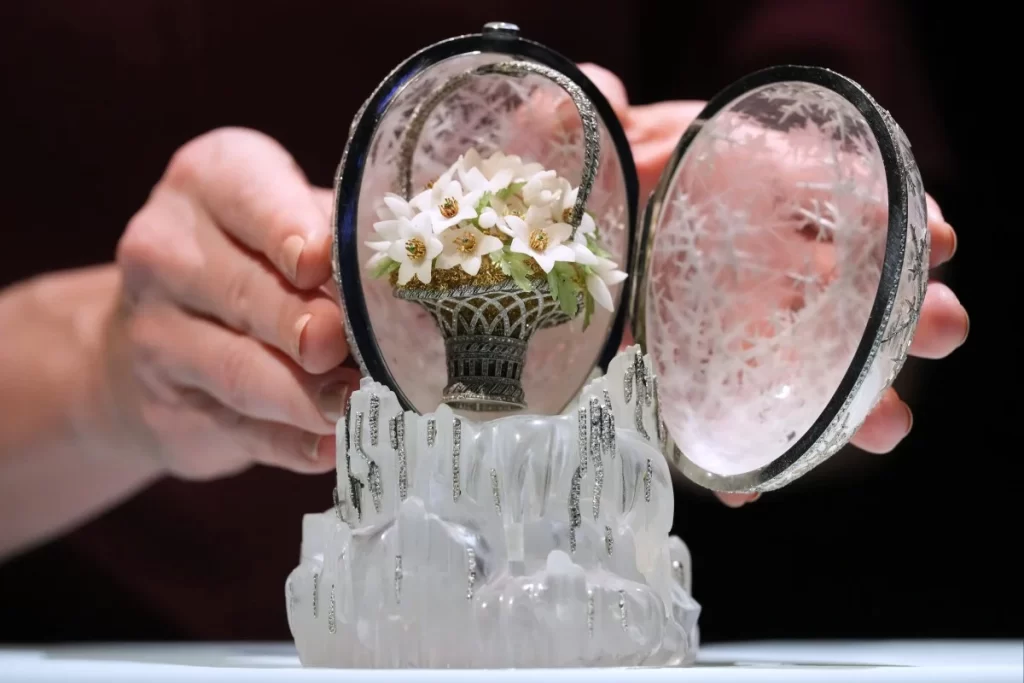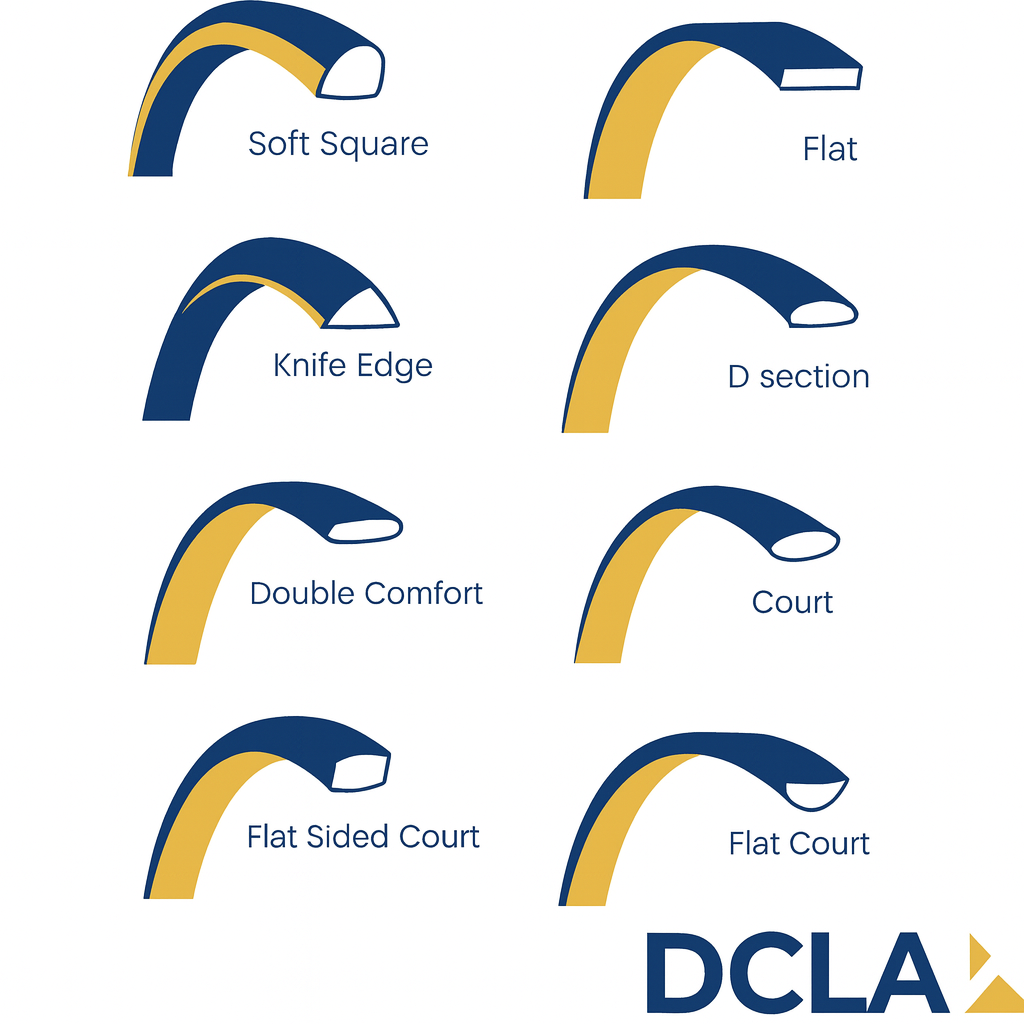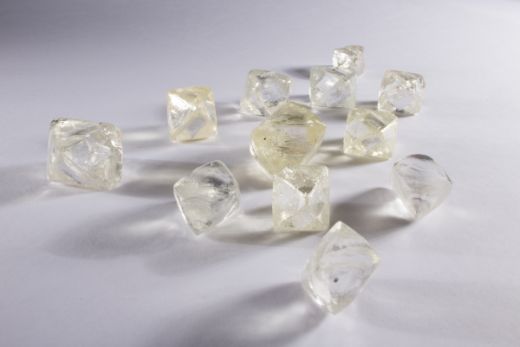
Alrosa CEO Pavel Maryinchev gave a remarkably upbeat assessment of the natural diamond market, telling the Times of India (TOI) that the industry is adapting well to US tariffs and that the threat from synthetic diamonds is diminishing.
Maryinchev (pictured) highlighted two major factors behind his optimism: steady global demand for jewelry and a decline in diamond production. “Inventories throughout the diamond pipeline are gradually normalizing, creating favorable conditions for price recovery,” he said.

Alrosa, Russia’s state-owned and sanctioned diamond miner, reported a 24 per cent drop in revenue in the first half of 2025 and has suspended production at several low-margin mines.
But Maryinchev remains confident. “Our expectations are that the high import tariffs will not have a long-lasting impact, and businesses will be able to adapt and minimize the effect,” he said.
He also pointed to a significant decline in wholesale prices for lab-grown diamonds, which fell nearly 40 per cent year-on-year in Q3 2025, reducing the competitive pressure on natural stones.
“Fears that synthetic substitutes might replace natural diamonds are becoming less likely to come true every year,” he told TOI.
He noted that, with no major new deposits discovered and existing mines producing less, supply constraints are increasingly stabilizing the market.
Global rough diamond production is expected to fall to 100 million carats in 2025, a 30-50% decline compared to six to eight years ago.
Maryinchev said the effect of US tariffs on demand was muted because luxury jewelry buyers tend to be less price-sensitive, and retailers can temporarily adjust markups.
“Diamond jewelry manufacturers may need time to adapt, but we expect India’s demand to recover once the first positive sales figures post-tariffs are achieved,” he said.
Source: IDEX


